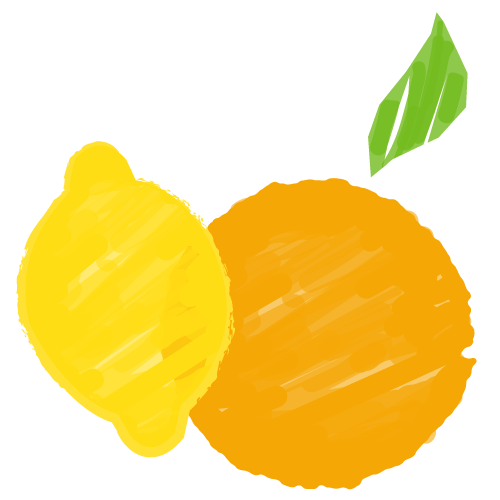Mangoes
Mangoes are the most popular fruit in the world and were first grown in India over 5,000 years ago!
Nutrition Information
1 Cup Sliced Mangoes (165 grams)
Net Carbs: 5%
Dietary Fiber: 3 grams - 12%
Protein: 0.8 grams - 2%
Total Fat: 0.4 grams - 1%
Vitamins & Minerals
Vitamin A: 25%
Vitamin C: 76%
Vitamin E: 12%
Vitamin K: 9%
Vitamin B6: 11%
Fun Facts! Did You Know…
Mango seeds traveled with humans from Asia to the Middle East, East Africa and South America beginning around 300 or 400 A.D.
The paisley pattern, developed in India, is based on the shape of a mango.
The mango is a symbol of love in India, and a basket of mangoes is considered a gesture of friendship.
Legend says that Buddha meditated under the cool shade of a mango tree.
Mangoes are related to cashews and pistachios
A mango tree can grow as tall as 100 feet.
The bark, leaves, skin and pit of the mango have been used in folk remedies for centuries.
Helpful Tips!
Mango Selection and Ripening
Visit mango.org to watch the video and learn how to cut a mango
Don’t judge a mango by its color – red does not mean ripe
Squeeze gently to judge ripeness
A ripe mango will “give” slightly and a firm mango will ripen at room temperature over a few days
To speed up ripening, place mangoes in a paper bag at room temperature
Once ripe, mangoes can be moved to the refrigerator to slow down ripening for several days
Eating Mangoes
In many Latin American countries, mango on a stick with the skin peeled back is sold by street vendors.
Mangoes can be enjoyed with salt, lime juice or chili powder for a unique flavor experience.
Mangoes have natural tenderizing properties, making them a perfect ingredient for marinades.
Try the versatile mango in smoothies, salads, salsas, chutneys, on fish, chicken or pork, as a desert or just plain as a delicious snack
Mango Varieties, Seasons, and Sources
Most of the mangoes sold in the U.S. come from Mexico, Peru, Ecuador, Brazil, Guatemala, and Haiti.
Mangoes are available all year long.
Most of the mangoes sold in the U.S. are one of six varieties: Tommy Atkins, Haden, Kent, Keitt, Ataulfo, and Francis.

